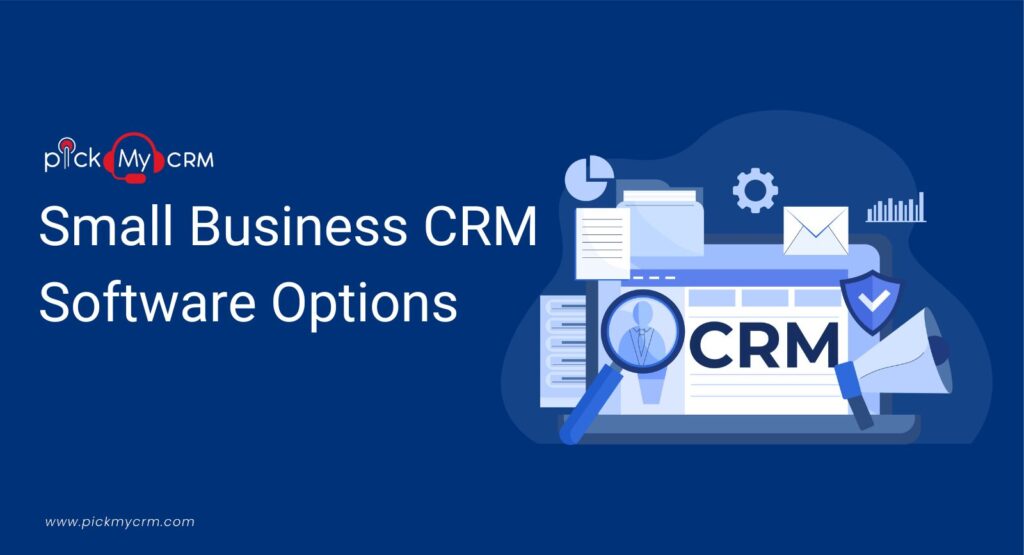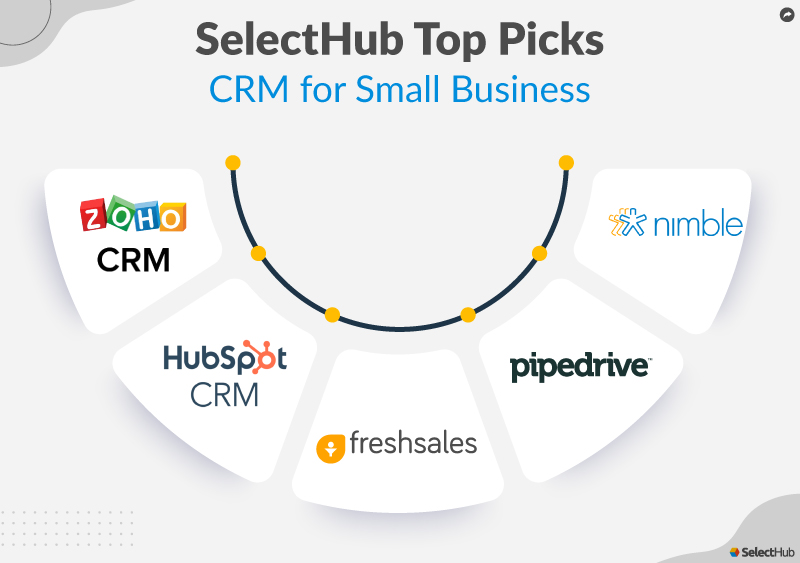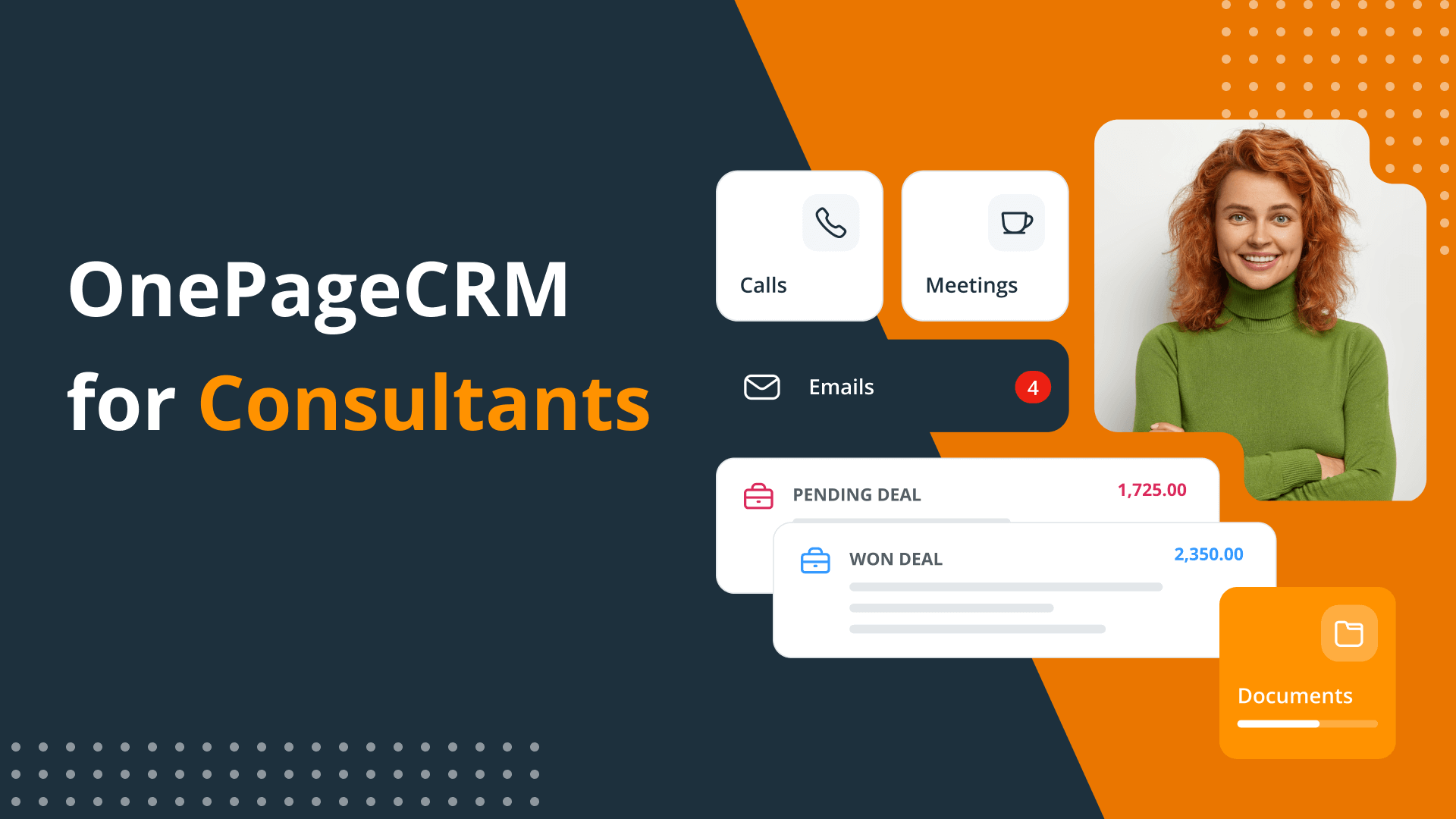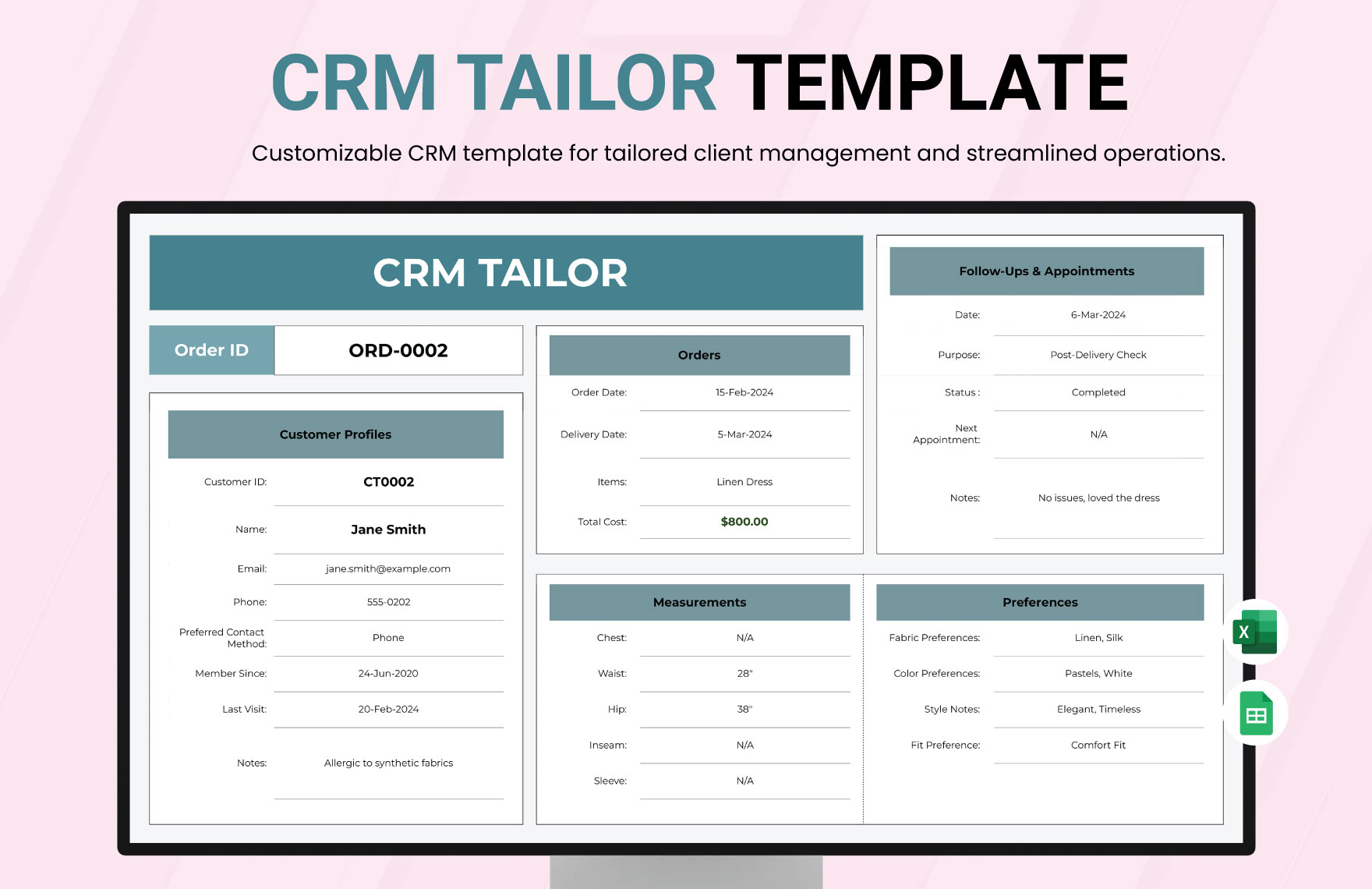
Small Business CRM Setup: Your Ultimate Guide to Customer Relationship Management
Starting a small business is an exciting journey, filled with challenges and opportunities. One of the most critical aspects of running a successful small business is building and maintaining strong customer relationships. That’s where a Customer Relationship Management (CRM) system comes in. Setting up a CRM for your small business might seem daunting at first, but trust me, it’s a game-changer. This guide will walk you through everything you need to know about small business CRM setup, from understanding the basics to choosing the right software and implementing it effectively.
What is a CRM and Why Does Your Small Business Need One?
Before we dive into the setup process, let’s clarify what a CRM actually is and why it’s so essential for your small business. CRM stands for Customer Relationship Management. It’s a system that helps you manage your interactions with current and potential customers. Think of it as a central hub for all your customer data.
A good CRM system does much more than just store contact information. It allows you to:
- Centralize Customer Data: Keep all customer information in one place, making it easy to access and update.
- Improve Customer Service: Provide personalized and efficient customer service by having all the information you need at your fingertips.
- Automate Tasks: Automate repetitive tasks like sending emails and scheduling appointments, freeing up your time.
- Track Sales Performance: Monitor your sales pipeline, identify trends, and make data-driven decisions.
- Enhance Marketing Efforts: Segment your audience and create targeted marketing campaigns.
- Boost Sales: Improve sales conversion rates and increase revenue.
For a small business, a CRM can be a real differentiator. It helps you compete with larger companies by providing the tools you need to build strong customer relationships, improve efficiency, and drive growth. Without a CRM, you might find yourself struggling to keep track of leads, manage customer interactions, and measure your sales performance. This can lead to lost opportunities and frustrated customers.
Key Benefits of Implementing a CRM for Your Small Business
The benefits of a CRM system are numerous, especially for small businesses. Let’s delve into some of the most significant advantages:
1. Enhanced Customer Relationships
At its core, a CRM is about building better relationships. By centralizing customer data, you can gain a 360-degree view of each customer, including their purchase history, communication preferences, and any support tickets they’ve submitted. This allows you to personalize your interactions and provide a more tailored experience. When customers feel valued and understood, they are more likely to become loyal advocates for your brand.
2. Improved Sales Efficiency
A CRM can streamline your sales process, making your team more productive. Features like lead tracking, sales pipeline management, and automated follow-up emails can save your sales team valuable time and effort. They can focus on closing deals rather than administrative tasks. This leads to higher conversion rates and a shorter sales cycle.
3. Increased Productivity
Automation is a key feature of most CRM systems. You can automate tasks such as sending welcome emails, scheduling appointments, and sending follow-up reminders. This frees up your team to focus on higher-value activities, such as building relationships and closing deals. This increased productivity can translate to significant cost savings and improved overall efficiency.
4. Better Data Analysis and Reporting
CRM systems provide valuable insights into your sales performance, customer behavior, and marketing effectiveness. You can generate reports on key metrics, such as sales revenue, conversion rates, and customer acquisition cost. This data-driven approach allows you to make informed decisions and optimize your strategies for better results. You can identify areas where you’re excelling and areas where you need improvement.
5. Improved Marketing Effectiveness
CRM systems help you segment your customer base and create targeted marketing campaigns. You can tailor your messages to specific customer groups based on their demographics, purchase history, and interests. This leads to higher engagement rates and improved marketing ROI. You can also track the performance of your marketing campaigns and make adjustments as needed.
Choosing the Right CRM for Your Small Business
Selecting the right CRM is crucial for its successful implementation and long-term value. With so many options available, it’s important to choose a system that aligns with your business needs, budget, and technical capabilities. Here’s a step-by-step guide to help you choose the right CRM:
1. Assess Your Needs and Goals
Before you start researching CRM systems, take some time to assess your business needs and goals. What do you want to achieve with a CRM? Do you need to improve customer service, increase sales, or streamline your marketing efforts? Identify your key pain points and the specific features you need in a CRM. Consider the size of your team, the complexity of your sales process, and your budget.
2. Research CRM Options
Once you have a clear understanding of your needs, start researching CRM options. There are many different CRM systems available, ranging from free, basic options to more advanced, paid platforms. Some of the most popular CRM systems for small businesses include:
- HubSpot CRM: A free, user-friendly CRM with a wide range of features.
- Zoho CRM: A comprehensive CRM with a variety of pricing plans and features.
- Pipedrive: A sales-focused CRM designed for small businesses.
- Salesforce Essentials: A scaled-down version of Salesforce, designed for small businesses.
- Freshsales: A sales-focused CRM with built-in phone and email features.
Read reviews, compare features, and consider the pricing plans of different CRM systems.
3. Consider Your Budget
CRM systems vary in price, from free to several hundred dollars per month. Determine your budget and stick to it. Consider the ongoing costs of the CRM, including monthly subscription fees, implementation costs, and training costs. Free CRM systems can be a good starting point for small businesses, but they may have limitations in terms of features and storage capacity. Paid CRM systems offer more advanced features and support.
4. Evaluate Features
Make a list of the features you need in a CRM. Some essential features to consider include:
- Contact Management: The ability to store and manage customer contact information.
- Lead Management: Tools for tracking and nurturing leads.
- Sales Pipeline Management: A visual representation of your sales pipeline.
- Email Integration: The ability to integrate with your email platform.
- Reporting and Analytics: Tools for tracking key metrics and generating reports.
- Automation: The ability to automate tasks.
- Mobile Access: The ability to access the CRM on mobile devices.
- Integrations: The ability to integrate with other tools you use, such as marketing automation software and accounting software.
Make sure the CRM system you choose has the features you need to meet your business goals.
5. Check for Scalability
Choose a CRM system that can grow with your business. As your business expands, you’ll need a CRM that can handle more data, users, and features. Consider the scalability of the CRM system, including its storage capacity, user limits, and feature upgrades. Make sure the CRM system can accommodate your future growth plans.
6. Consider Ease of Use
Choose a CRM system that is easy to use and has a user-friendly interface. If the CRM is too complex, your team may be reluctant to use it, which will defeat the purpose. Look for a CRM with an intuitive interface, helpful tutorials, and responsive customer support. Consider the training requirements for your team and the availability of training resources.
7. Test the CRM
Before you commit to a CRM system, test it out. Most CRM vendors offer free trials or demos. Take advantage of these opportunities to try out the CRM and see if it meets your needs. Test out the features, explore the interface, and get feedback from your team. This will help you make an informed decision about which CRM is right for you.
Step-by-Step Guide to Small Business CRM Setup
Once you’ve chosen the right CRM for your small business, it’s time to set it up. Here’s a step-by-step guide to help you get started:
1. Planning and Preparation
Before you start setting up your CRM, take some time to plan and prepare. This includes:
- Define Your Goals: What do you want to achieve with your CRM? What are your key performance indicators (KPIs)?
- Identify Your Data Sources: Where will you import your data from? This could include spreadsheets, email contacts, and other systems.
- Clean Your Data: Ensure your data is accurate and up-to-date. Remove duplicates and correct any errors.
- Assign Roles and Responsibilities: Who will be responsible for managing the CRM? Who will be responsible for entering data?
- Set a Timeline: Create a timeline for the implementation process.
2. Data Import and Organization
Importing your data into the CRM is a critical step. Here’s how to do it:
- Import Contacts: Import your existing contacts from spreadsheets or other sources.
- Organize Data: Organize your data into relevant fields, such as name, email address, phone number, and company.
- Create Custom Fields: Create custom fields to store information specific to your business.
- Segment Your Data: Segment your data based on criteria such as industry, location, and purchase history.
3. Customization and Configuration
Customize your CRM to fit your specific business needs. This includes:
- Customize Fields: Customize the fields in your CRM to match your business processes.
- Configure Sales Pipeline: Configure your sales pipeline to reflect your sales stages.
- Set Up Automation: Set up automation rules to automate tasks such as sending emails and scheduling appointments.
- Integrate with Other Tools: Integrate your CRM with other tools you use, such as email marketing software and accounting software.
4. Training and Onboarding
Train your team on how to use the CRM. This includes:
- Provide Training: Provide training on how to use the CRM features and functions.
- Create Training Materials: Create training materials, such as user guides and videos.
- Onboard Your Team: Onboard your team and provide ongoing support.
- Encourage Adoption: Encourage your team to use the CRM and provide feedback.
5. Testing and Refinement
Test your CRM to ensure it’s working properly. This includes:
- Test Functionality: Test the features and functions of the CRM.
- Review Data: Review the data in your CRM to ensure it’s accurate.
- Gather Feedback: Gather feedback from your team on how the CRM is working.
- Make Adjustments: Make adjustments to the CRM based on your testing and feedback.
6. Ongoing Management and Optimization
Manage and optimize your CRM on an ongoing basis. This includes:
- Regular Data Updates: Regularly update your data to keep it accurate and up-to-date.
- Performance Monitoring: Monitor your CRM performance and identify areas for improvement.
- Reporting and Analysis: Generate reports and analyze your data to gain insights.
- Continuous Improvement: Continuously improve your CRM processes and strategies.
Tips for a Successful CRM Implementation
Implementing a CRM can be a complex process. Here are some tips to help you ensure a successful implementation:
- Start Small: Don’t try to implement everything at once. Start with the core features and gradually add more features as you need them.
- Get Buy-In: Get buy-in from your team. Explain the benefits of the CRM and involve them in the implementation process.
- Provide Training: Provide adequate training to your team.
- Clean Your Data: Ensure your data is clean and accurate before you import it into the CRM.
- Set Realistic Expectations: Don’t expect to see results overnight. It takes time to implement a CRM and see its benefits.
- Be Patient: Be patient and persistent. It may take some time to get used to the CRM and to see the benefits.
- Seek Help: Don’t be afraid to seek help from the CRM vendor or a consultant.
Common Mistakes to Avoid During CRM Setup
While setting up a CRM is a powerful step towards business growth, there are common pitfalls to avoid. Here are some of the most frequent mistakes and how to steer clear of them:
1. Not Defining Clear Goals
One of the biggest errors is failing to clearly define your goals before implementing a CRM. Without specific objectives, it’s difficult to choose the right system and measure its success. Before you start, ask yourself what you want to achieve. Do you want to boost sales, improve customer service, or streamline marketing? Defining these goals will guide your choices and help you stay on track.
2. Choosing the Wrong CRM System
Selecting a CRM that doesn’t fit your business needs is a recipe for disappointment. Many businesses fall into the trap of choosing a system based on price alone or by following trends without considering their specific requirements. Take the time to evaluate different CRM options, considering factors like scalability, ease of use, and the features that matter most to your business.
3. Neglecting Data Quality
A CRM is only as good as the data it contains. Poor data quality can lead to inaccurate reports, ineffective marketing, and frustrated customers. Before importing any data, take the time to clean and organize it. Remove duplicates, correct errors, and ensure that all information is up-to-date. Regular data maintenance is also crucial to keep your CRM effective.
4. Insufficient Training and User Adoption
Implementing a CRM is only half the battle; getting your team to use it effectively is the other half. If your team isn’t properly trained, they won’t be able to utilize the system’s full potential. Provide comprehensive training and ongoing support. Also, make sure to communicate the benefits of the CRM and encourage its use throughout your organization. A successful CRM requires a team that embraces it.
5. Trying to Do Too Much at Once
It’s tempting to want to implement every feature of a CRM at once, but this can overwhelm your team and complicate the setup process. Start with the core functionalities that address your most pressing needs and gradually add more features as your team becomes comfortable with the system. This phased approach allows you to test and refine your processes along the way.
6. Ignoring Integration Needs
A CRM should integrate seamlessly with other tools you use, such as email marketing platforms and accounting software. Failing to consider integration needs can lead to data silos and inefficiencies. Before choosing a CRM, make sure it integrates with the other tools in your tech stack. This will help you automate tasks and streamline your workflows.
7. Lack of Ongoing Maintenance and Optimization
A CRM isn’t a “set it and forget it” solution. It requires ongoing maintenance and optimization to remain effective. Regularly review your data, monitor performance, and make adjustments as needed. Stay up-to-date with the latest features and best practices. A CRM that is continuously maintained and optimized will provide the greatest value to your business.
Conclusion: Embracing CRM for Small Business Success
Setting up a CRM for your small business is a significant investment, but it’s an investment that can pay off handsomely. By centralizing customer data, improving sales efficiency, increasing productivity, and enhancing marketing effectiveness, a CRM can help you build stronger customer relationships, drive growth, and achieve your business goals. Remember to choose the right CRM for your needs, take the time to plan and prepare, train your team, and continuously manage and optimize your system. With the right approach, a CRM can be a powerful tool for small business success.
Don’t let the setup process intimidate you. Take it one step at a time, and you’ll be well on your way to building a customer-centric business that thrives. The journey might have its bumps, but the rewards of a well-implemented CRM – stronger customer connections, streamlined operations, and sustainable growth – are well worth the effort.


